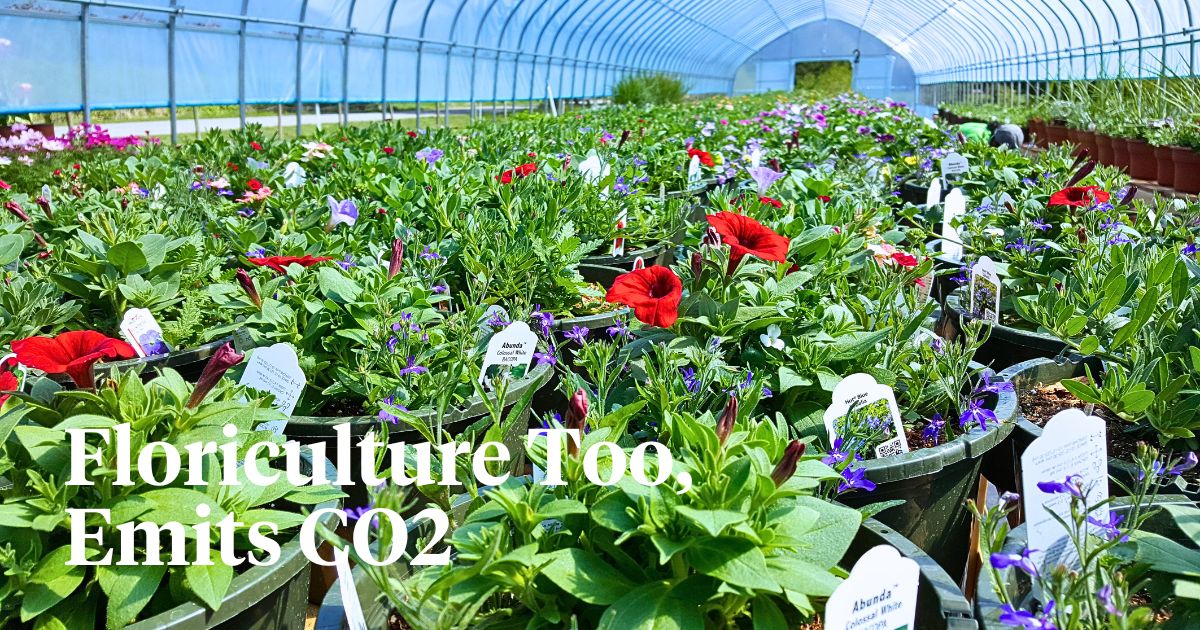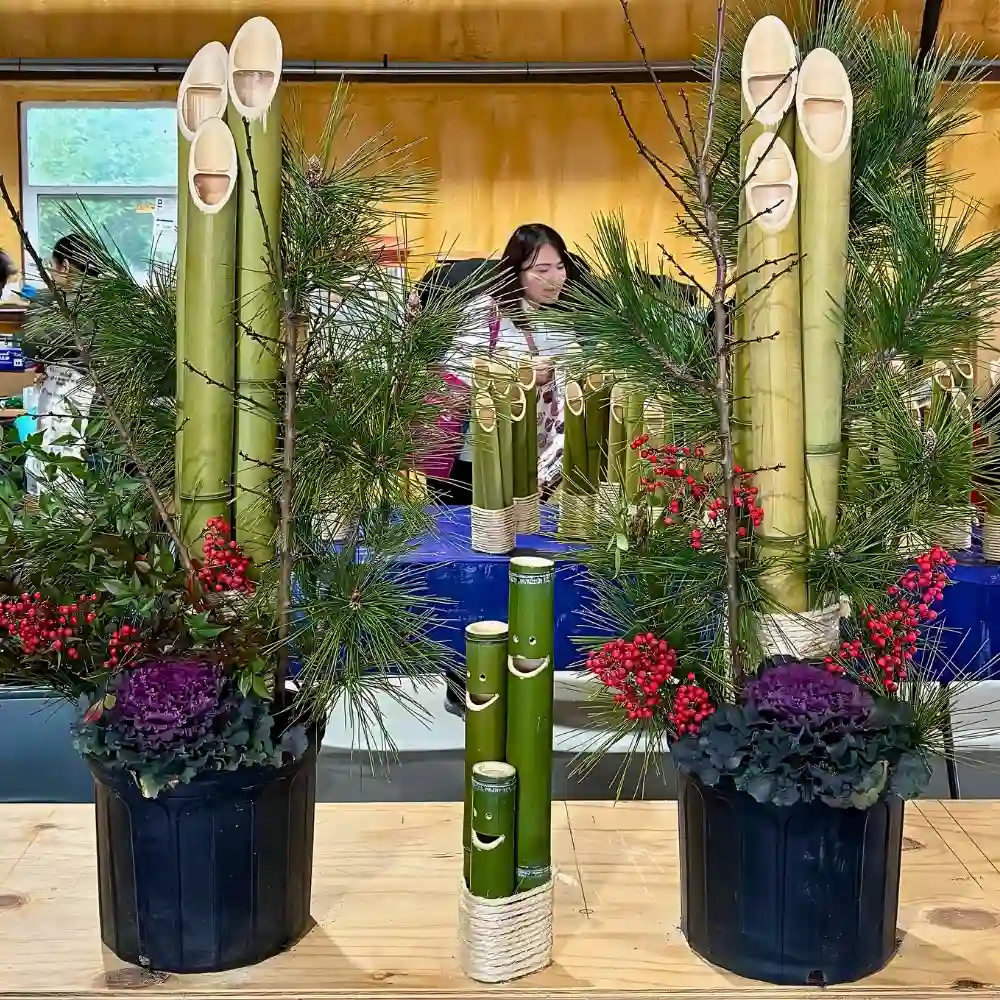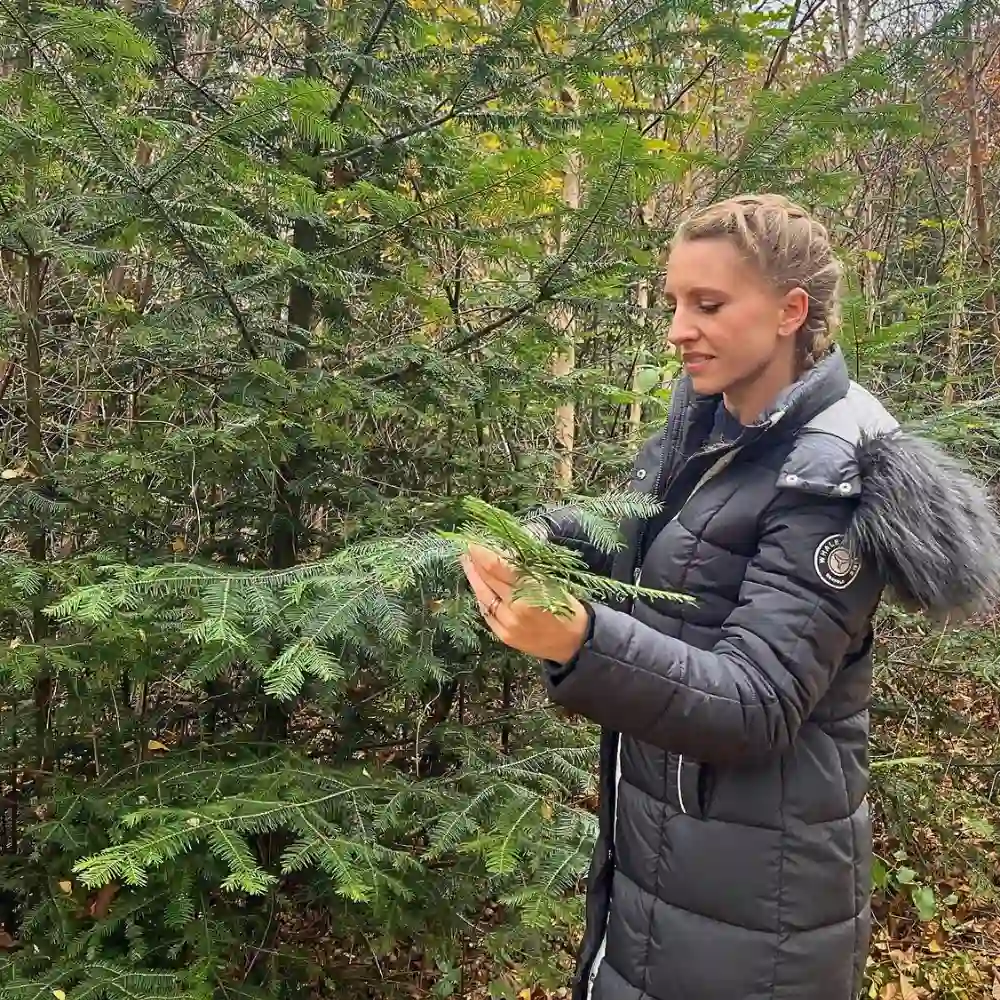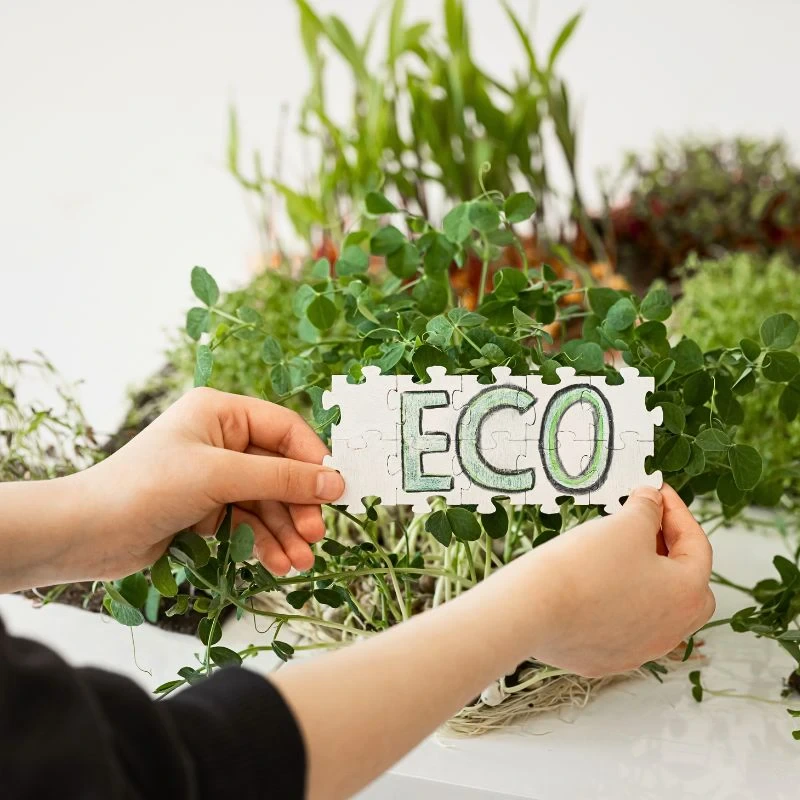Greenhouse gas emissions are a major contributor to climate change, and the floriculture sector is responsible for a significant portion of these emissions globally. For plant and flower growers and greenhouse operators, there is an important role to play in monitoring and reducing the carbon footprint of their operations. Knowing the specific greenhouse gas emissions associated with a plant greenhouse is the first step towards implementing more sustainable practices.
Calculating the carbon footprint of a greenhouse facility takes into account various factors, including energy consumption, transportation, water use, and waste management. And by quantifying the greenhouse gas emissions from these operations, one can identify areas for improvement and track their progress over time.
Greenhouse Gases and Carbon Footprint
Practically, all daily activities by people emit greenhouse gases. Your food, your transportation, the heating of your house, taking a shower, watching the TV, buying clothes, every single one of your lifestyle choices contributes to the production of these gases, most commonly expressed in kilos of carbon, CO2. or carbon footprint.

This alarming rate of greenhouse gas emissions poses a significant threat to the planet's ecosystem and human well-being. Greenhouse gases, such as carbon dioxide, methane, and nitrous oxide, trap heat in the atmosphere, leading to global warming and climate change. The consequences are far-reaching and devastating. Such range from rising sea levels to more frequent natural disasters, and extreme weather events.
One of the primary contributors to greenhouse gas emissions is the carbon footprint, which refers to the amount of carbon dioxide and other carbon compounds released into the atmosphere as a result of human activities. The carbon footprint of an individual, organization, or industry has a direct impact on the environment. It contributes to air pollution, deforestation, and water scarcity.
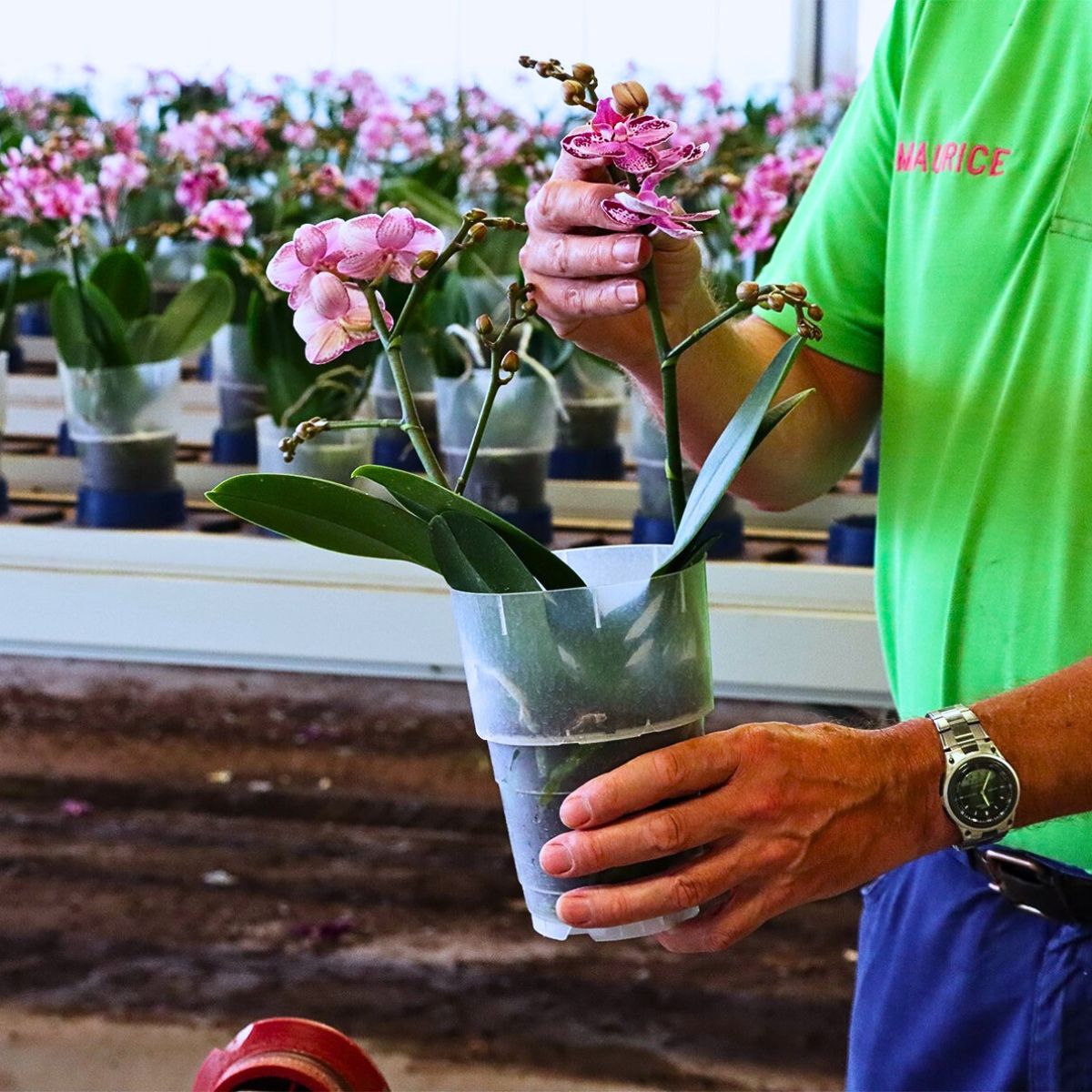
The dangers of greenhouse gases and carbon footprint are multifaceted. They threaten global food security, as changing weather patterns and rising temperatures affect crop yields and distribution. They also have severe consequences for human health, as air pollution heightens the rates of respiratory conditions and increases the spread of other diseases. Furthermore, the economic impacts of climate change are significant as well.
CO2 Emission in the Floriculture Industry
The floriculture industry, which involves the cultivation of flowers and ornamental plants, is a significant contributor to CO2 emissions. The production and distribution of cut flowers, potted plants, and other horticultural products require large amounts of energy, water, and resources, resulting in a substantial carbon footprint.
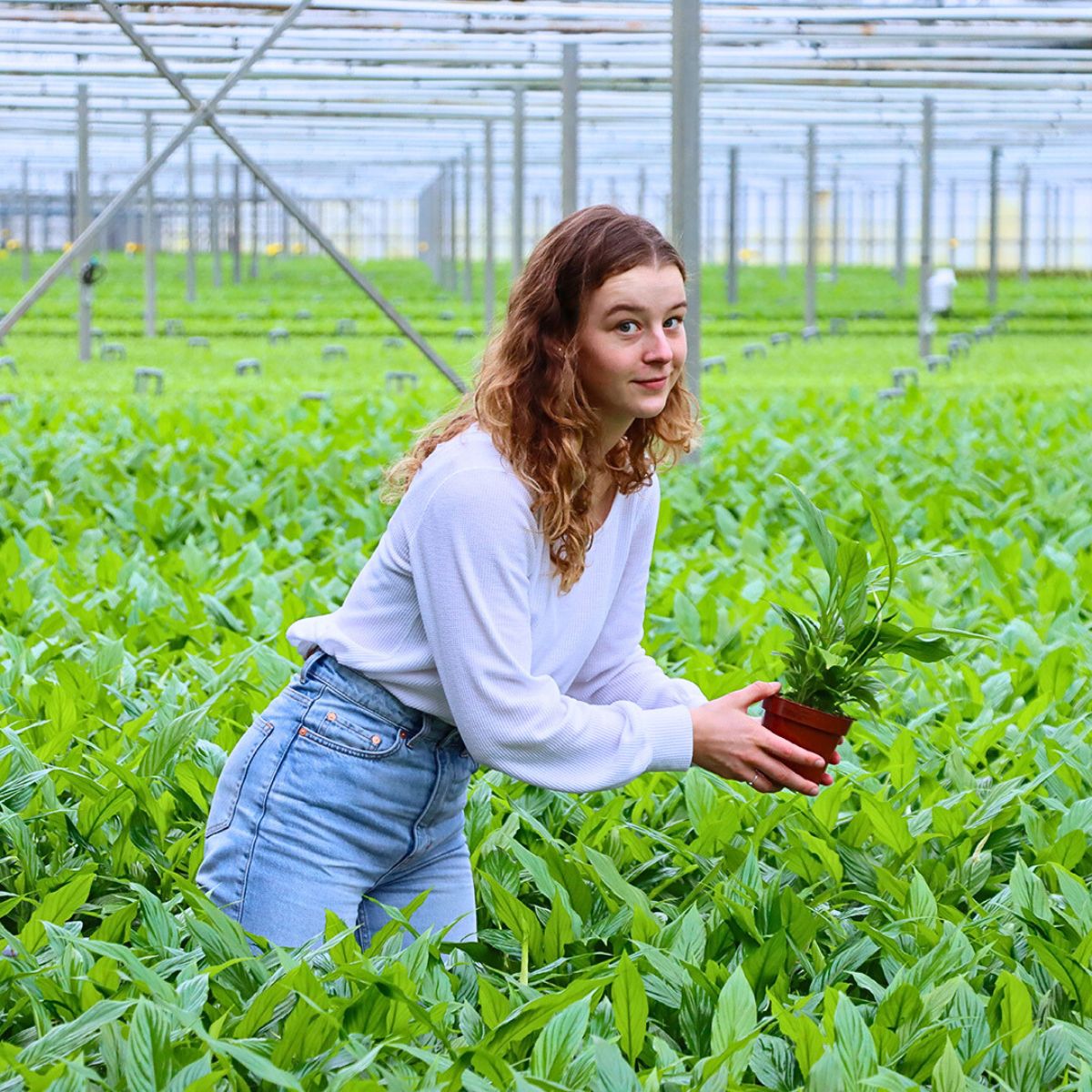
Of course, you'll first think about the heating of greenhouses, using electricity, but it goes much further than that. Also, the wrapping materials, like plastic foil, the plastic pots for your plants, and even the soil we use, leave a CO2 footprint. What do you think of the rubber band that is wrapped around your bunch of roses? It also contributes, of course!
Essentially, greenhouses, which are essential for flower production, are major emitters of CO2. The operations within them generally consume large amounts of fossil fuels, leading to high CO2 emissions. Additionally, the transportation of flowers and plants from farms to markets, often over long distances, contributes to emissions from fuel combustion.
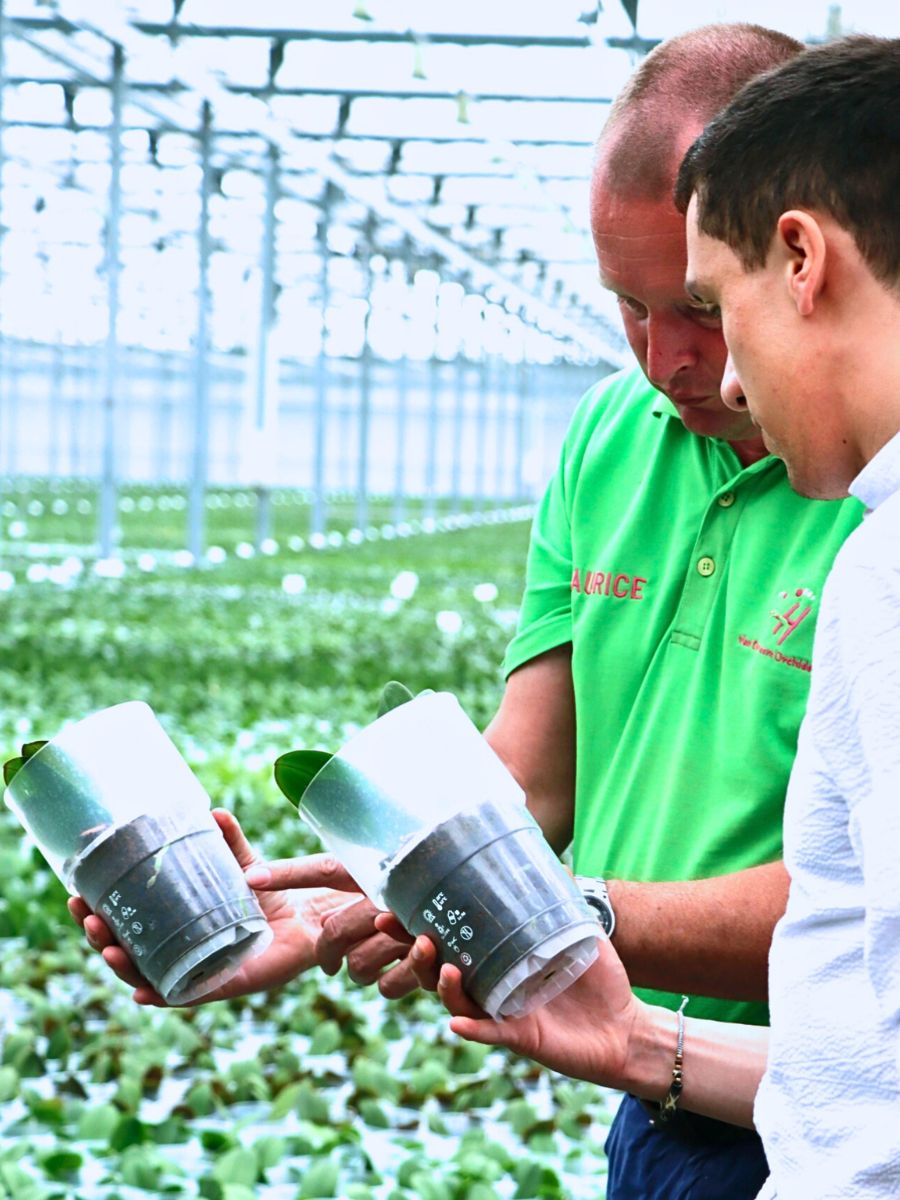
Furthermore, the floriculture industry relies heavily on peat, a carbon-rich soil amendment, which is extracted from peatlands. The extraction and use of peat lead to the release of stored carbon into the atmosphere, further increasing the rate of CO2 emissions. The industry's reliance on plastic packaging, which is often not biodegradable, also contributes to greenhouse gas emissions during production and disposal.
This CO2 is, in turn, absorbed in the atmosphere and causes an increase in the temperature on Earth, also known as global warming, a big threat to all life on the planet.

It Starts With Knowing How Much We Emit, Then These Insights Lead to Action
The first step in the fight against global warming is knowing how much CO2 you emit. And the amount that your floriculture business emits. Then take action where it's most effective to reduce your carbon footprint as much as possible.
Calculating a footprint quantifies sustainability. It provides insight into how sustainable your company and your products are and it is the starting point for making your entire organization, processes, and products more sustainable.
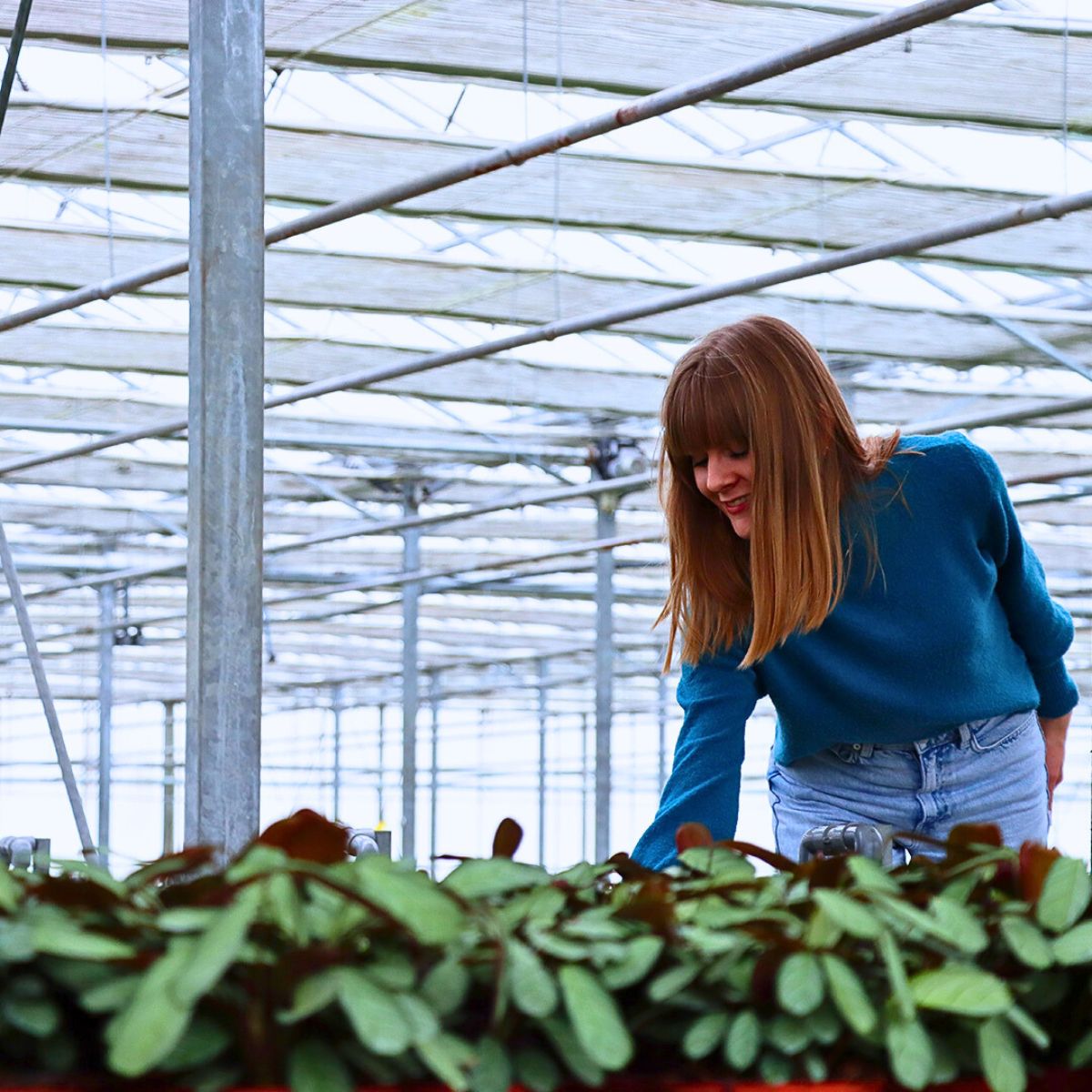
When the calculation is complete you know the total environmental impact of your company, all processes, and all products. The structure of the footprint is also visible. How much does the choice of specific packaging contribute to your environmental impact? And how do the CO2 emissions from heating the greenhouse relate to the CO2 emissions from the transport of your products?

The insights that result from the calculation are used to reduce the environmental impact of your company and your products as quickly and effectively as possible. These savings can certainly also result in lower costs.
Repeating the carbon footprint calculation every year makes it possible to check how well the measures work. In the end, one can make informed decisions about energy efficiency, renewable energy adoption, supply chain optimization, and other strategies to minimize their environmental impact.
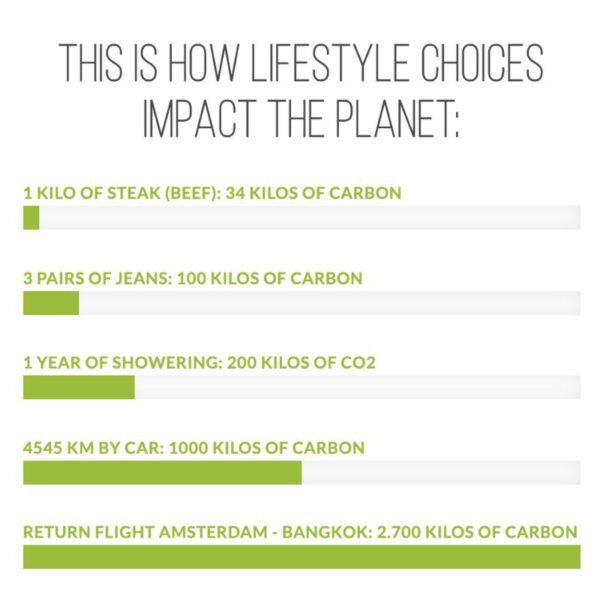
Sell your Sustainable Story
There is an increasing demand for sustainably produced products, both by consumers and business-to-business relations. In addition, there is a growing need amongst retailers, governments, consumers, and environmental organizations for proof that a company works sustainably.
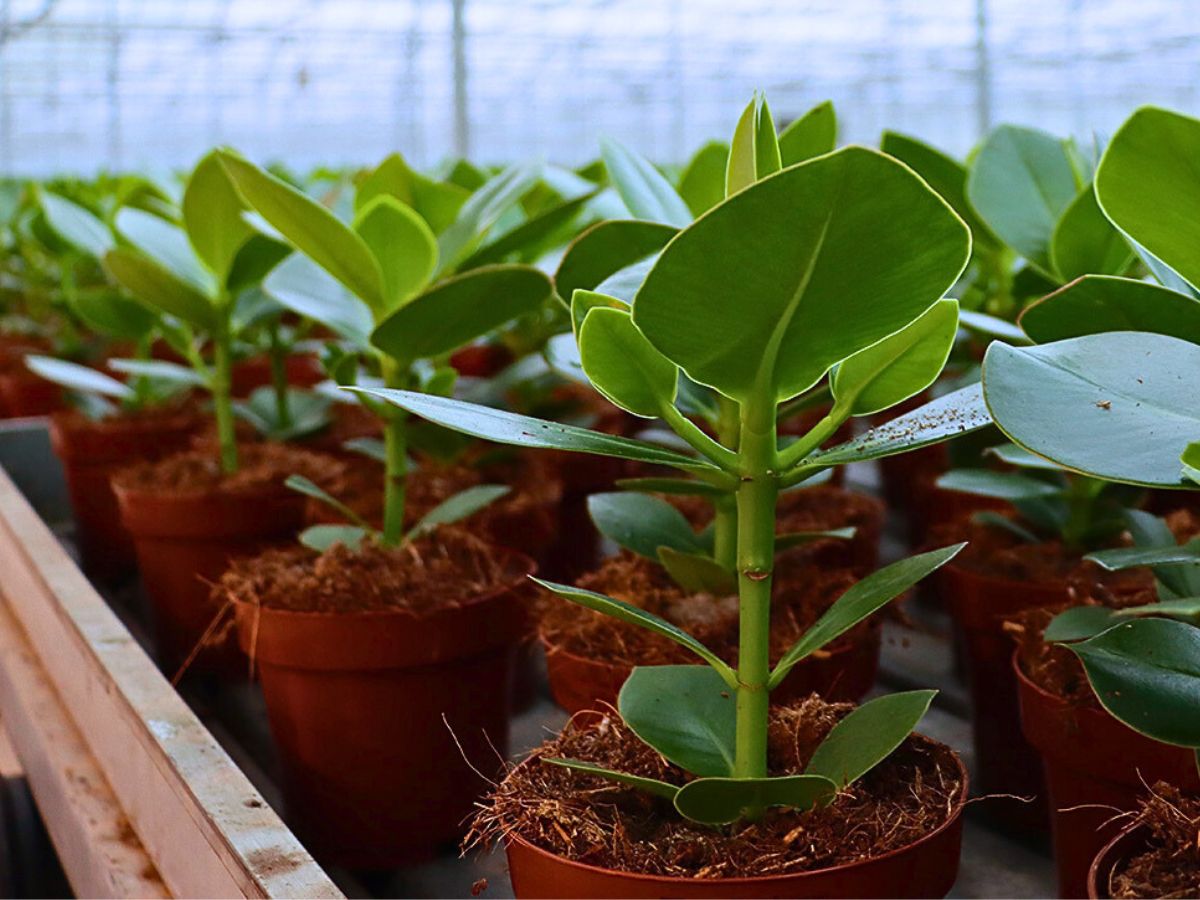
How do you let your customers and other stakeholders know that your company is making a successful effort in the area of sustainability? And how do you ensure that your message gets across the right way? Those are important questions to answer, and by doing so your sustainable story can help you better sell your products and services.
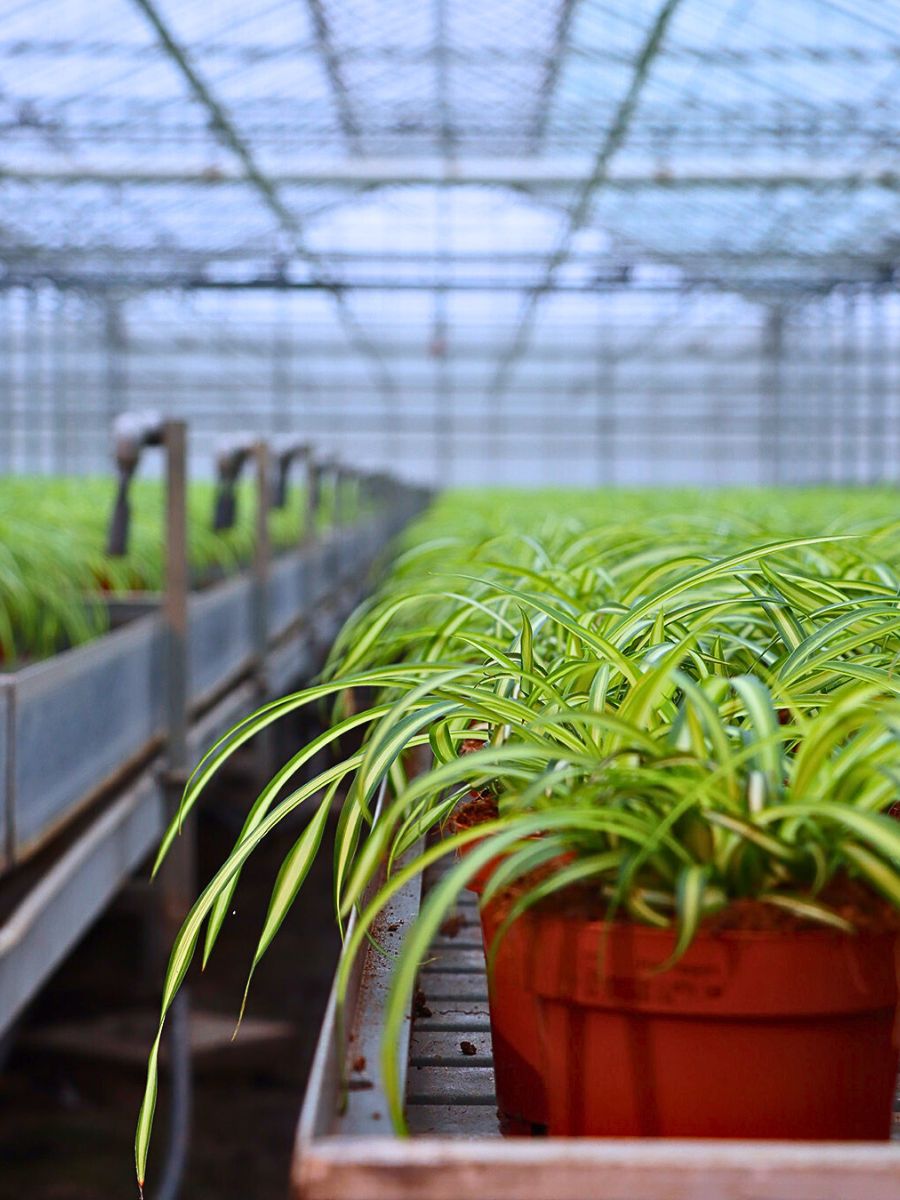
There is, also, an increase in the need for a transparent, honest, and authentic story. No polished talk to attract customers, ratings, or donors. But a fair picture of what you do as a company to become more sustainable. And so becoming more attractive to customers. A true win-win. For you and your business, and the environment.
Unless otherwise indicated, photos are courtesy of @greenhousesustainability, header image by @moonvalley.

